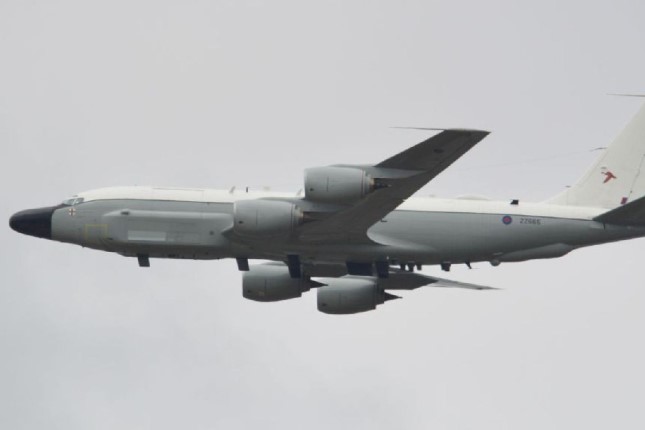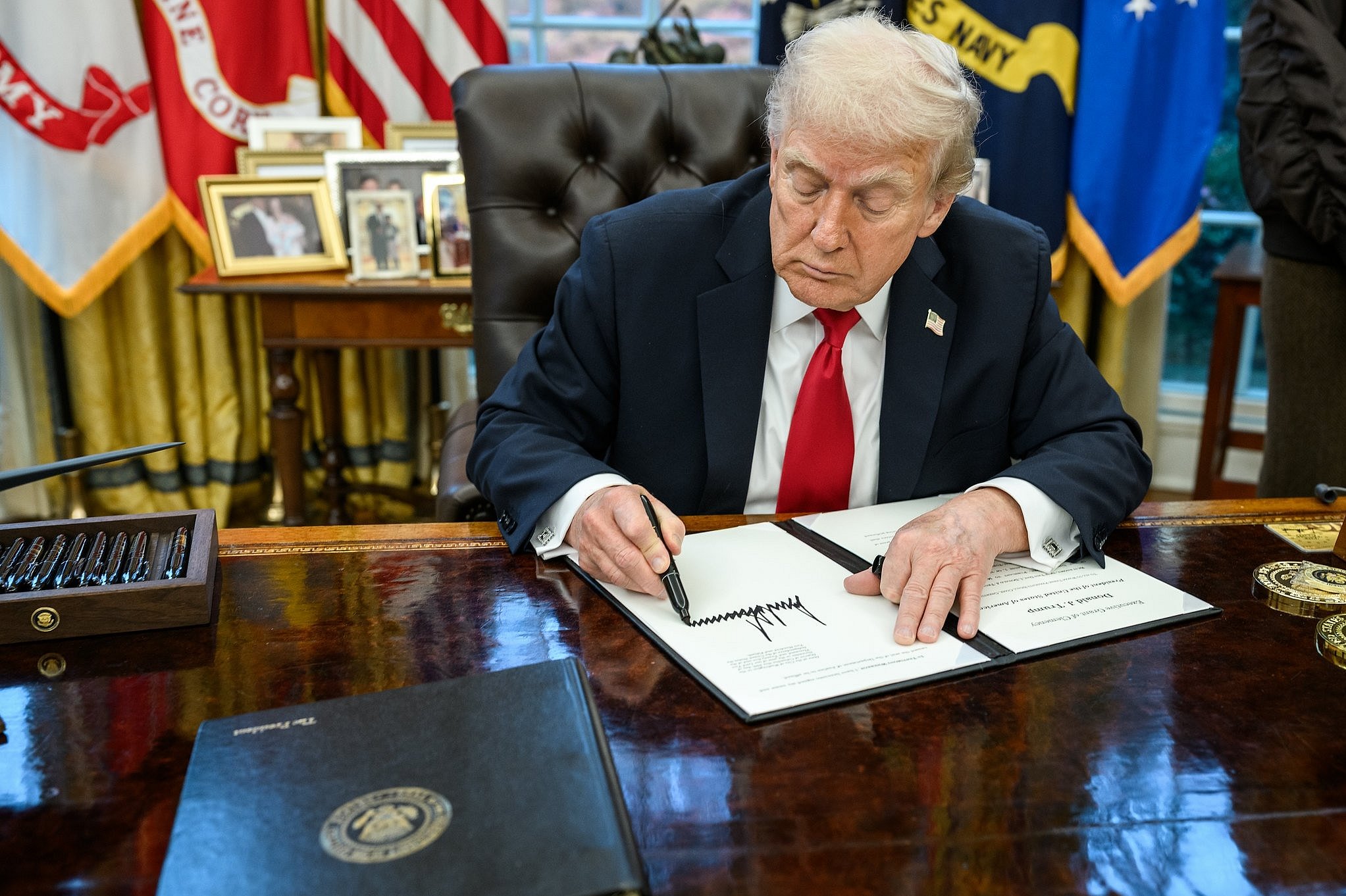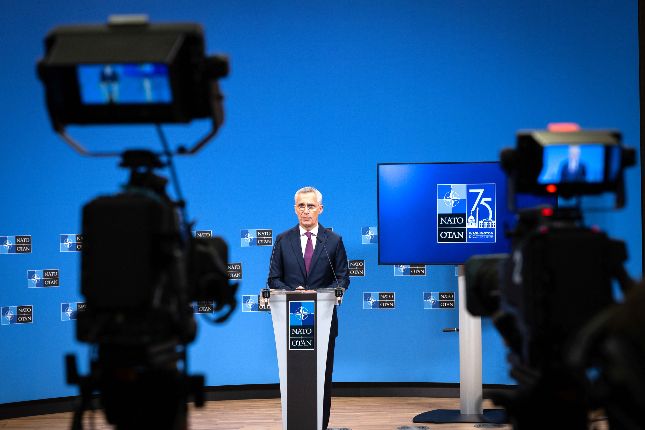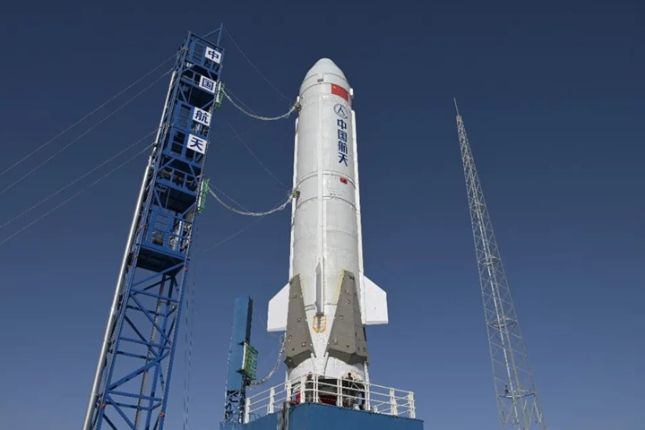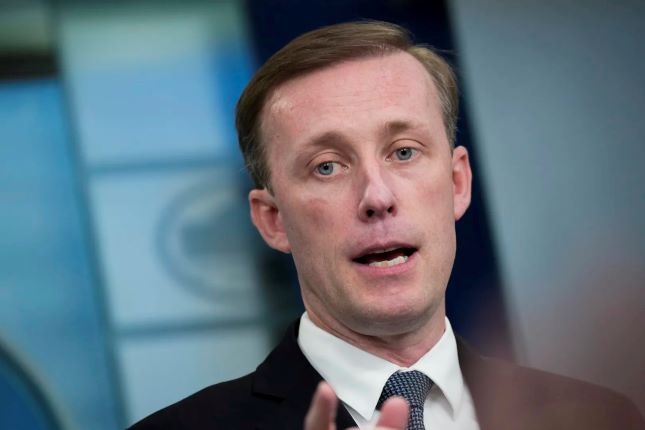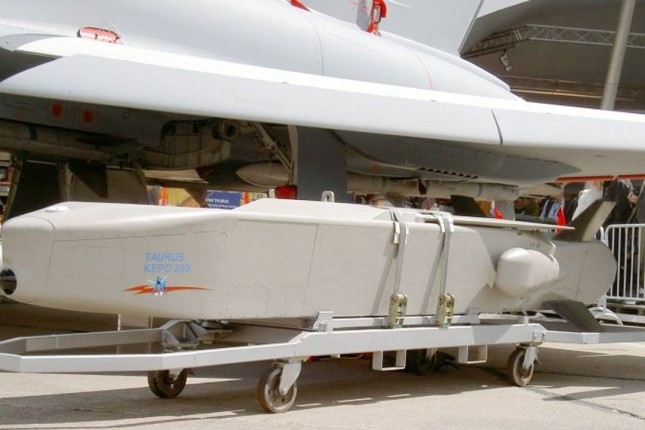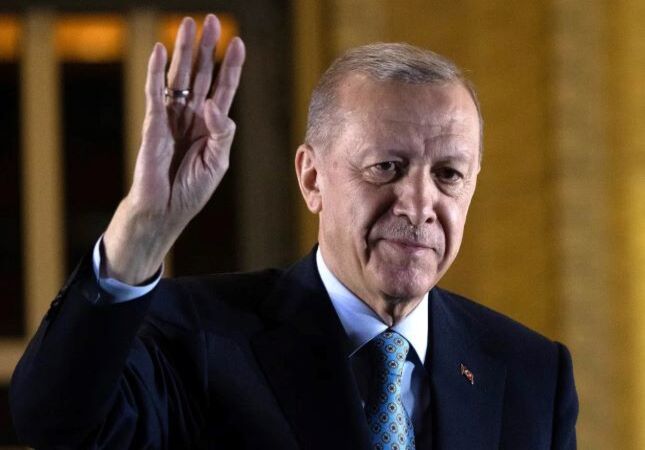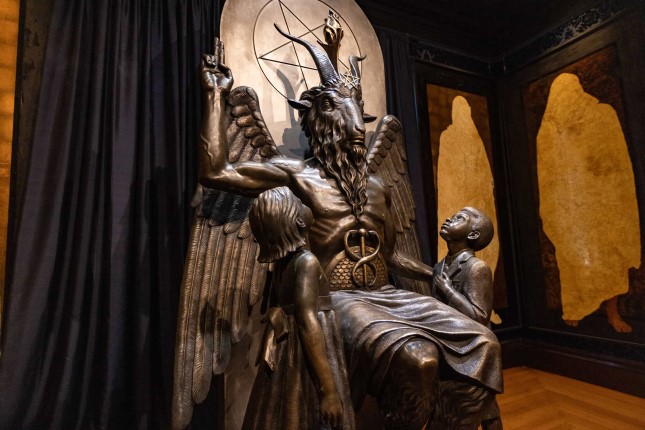One document in particular gives a glimpse of the provocative role played by London in the war in Ukraine against Russia, detailing a September 29, 2022 incident that could have triggered NATO’s Article 5 requiring member states to come to the aid of any member state under attack.
The Washington Post reported Sunday, “Russia nearly shot down British spy plane near Ukraine, leaked document says.”
A US military document reveals an “incident more significant than was previously disclosed and that could have drawn the United States and its NATO allies directly into the Ukraine war,” the article reports. “The near miss occurred on Sept. 29 [2022] off the coast of Crimea, the heavily fortified Ukrainian peninsula that Russia seized in 2014 and has used to base its Black Sea naval fleet and launch attacks elsewhere in Ukraine,” the Post said.
The classified Pentagon document, reports the newspaper, “refers to the incident as a ‘near-shoot down of UK RJ,’ a reference to the ‘Rivet Joint’ moniker common for RC-135 reconnaissance planes. The aircraft is used to collect radio transmissions and other electronic messages.”
The newspaper reported that the “document was printed with headers for the Pentagon’s Joint Staff, and details surveillance flights over the Black Sea from the day of the reported near-shootdown up to Feb. 26 [2023].”
UK Defence Secretary Ben Wallace told Parliament the following month, “One of the Russian jets ‘released a missile’ at a distance”, the Post notes, “but he did not describe the incident as a near-shootdown.” He instead “attributed the missile launch to a ‘technical malfunction’ and said he had spoken with senior Russian defense officials about it.”
Last October 20, almost a month after the incident, Wallace told parliament that “an unarmed RAF RC-135W Rivet Joint, a civilian ISTAR—intelligence, surveillance, target acquisition and reconnaissance—aircraft on routine patrol over the Black sea was interacted with by two Russian armed Su-27 fighter aircraft.”
He stated that “During that interaction… it transpired that one of the Su-27 aircraft released a missile in the vicinity of the RAF Rivet Joint aircraft beyond visual range. The total time of the interaction between the Russian aircraft and the Rivet Joint was approximately 90 minutes.”
Wallace declared then, “In the light of this potentially dangerous engagement,” he had raised concerns with Russian Defence Minister Sergei Shoigu, who replied on October 10 “that it has conducted an investigation into the circumstances of the incident and that it was a technical malfunction of the Su-27 fighter.”
This explanation was accepted by the Tory government and “We do not consider this a deliberate escalation by the Russians. Our analysts would concur it was a malfunction,” said Wallace.
UK spying operations off Russia’s coast would continue and the Ministry of Defence “has shared this information with allies and, after consultation, I have restarted routine patrols, but this time escorted by fighter aircraft.”
None of what Wallace said in playing down the seriousness of what is now confirmed to have been a “near-shoot down” of a UK spy plane by Russia can be taken at face value.
The Royal Air Force (RAF) deploys three Rivet Joint planes which it describes as an “electronic surveillance aircraft that can be employed in all theatres on strategic and tactical missions. Its sensors ‘soak up’ electronic emissions from communications, radar and other systems.” The spy plane “has been deployed extensively for Operation Shader and on other operational taskings.”
Operation Shader is the code name for the almost decade-long military intervention by the US and Britain, ostensibly to target Islamic State, which consists of constant air strikes and hostile surveillance missions in a host of countries including Iraq, Syria, Libya, Tunisia and Lebanon.
Russia’s action against the RAF spy plane was clearly a warning to Britain and the NATO powers.
The near shooting down took place just three days after the September 26, 2022 bombings of the Nord Stream underwater gas pipelines in the Baltic Sea. The Russian majority owned Nord Stream pipeline was built to deliver Russian gas directly to Germany. Two months after the bombings, Russian government spokesman Dmitry Peskov said that its defence ministry had concluded, “There is evidence that Britain is involved in sabotage, a terrorist act against vital energy infrastructure.”
In his detailed expose published February, “How America took out the Nord Stream pipeline,” Pulitzer Prize journalist Seymour Hersh stated that the explosives that destroyed the pipelines were planted under the cover of NATO’s BALTOPS 22 manoeuvres in the Baltic Region.
The BALTOPS 22 exercise took place over June 5-17, 2022, involving 47 ships, 75 aircraft and around 7,000 military personnel from 16 nations. Among the Royal Navy vessels participating was HMS Defender, designed for anti-aircraft and anti-missile warfare. The Royal Navy later confirmed that during the NATO wargames Defender was “involved in anti-submarine warfare exercises but also operated in her main role in air defence, including leading Task Force Six Four (CTF 64) of the US Sixth Fleet, which deals in defending against attacks by missiles and fighter jets.”
The Royal Navy’s June 22, 2022 posting read, “The NATO ships and around 90 aircraft – the most ever on Baltops – pitted their wits against each-other in testing warfare scenarios, battling threats beneath, on and above the waves.”
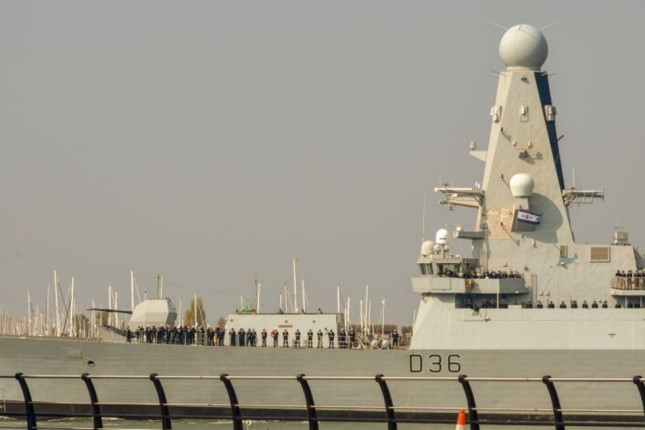
The Type 45 destroyer HMS Defender leaves Portsmouth naval base on May 1, 2021 for exercises in Scotland, prior to deployment to the Mediterranean, Black Sea and Indo-Pacific region as part of NATO's UK-led Carrier Strike Group 21. Just over seven weeks later, on June 23, 2021, HMS Defender was involved in a major provocation with the Russian armed forces in the Black Sea. Photo: WSWS.
HMS Defender played a critical role in NATO provocations against Moscow leading up to Russia’s invasion of Ukraine.
On June 23, 2021—almost exactly a year to the day prior to the Royal Navy statement on Defender’s role in BALTOPS 22—a Russian patrol ship fired a warning shot at Defender in the Black Sea off the coast of Crimea. This was followed by the dropping of high-explosive fragmentation bombs in the path of the UK vessel. Russia’s defence ministry stated the warship had made a 3-kilometre incursion into Russia’s territorial waters off Cape Fiolent in the south of Crimea.
Britain is up to its neck in provoking and then waging NATO’s war against Russia, having supplied billions of pounds in advanced military hardware to Ukraine. Wallace boasted in his speech to parliament last October, “We have trained 7,000 [Ukrainian troops] so far. We are on target to complete 10,000, and then another 20,000-plus next year,” adding, “We are now looking at what we can do with larger units, by helping Ukraine to train at company and battalion level.”
This is only a glimpse of the real picture concerning the UK’s involvement. The leaked intelligence documents also confirm that UK special forces troops are operating on the ground, in the Ukrainian war zone. A classified document less than two weeks old—dated March 1, 2023—labelled “secret” and headed “US/NATO SOF in UKR”, appears by its markings to have been prepared for senior US defence officials. It lists Britain as supplying more than half of all 97 western special forces (50), followed by Latvia (17); France (15); USA (14); and Netherlands (1).
The Guardian noted, “The UK’s special forces include the SAS, the Special Boat Service, the Special Reconnaissance Regiment, as well as several other secretive military units such as the 18 (UKSF) Signals Regiment.”
Britain’s special forces have been involved in the war against Russia from the get-go. As far back as April last year, only two months after Russia’s invasion, the Times published, “British special forces ‘are training local troops in Ukraine’: Serving UK soldiers ‘on ground’ for first time”. It reported, “Officers from two [Ukrainian] battalions stationed in and around the capital said they had undergone military training, one last week and the other the week before.”
The special forces are operating alongside conventional Royal Marine troops. Last December, a leading British army general, Lieutenant General Robert Magowan, admitted that Royal Marines have been deployed on “discreet operations” inside Ukraine.
Main photo: A British RC-135W in 2018 © Alan Wilson.
Source: World Socialist Web Site.
